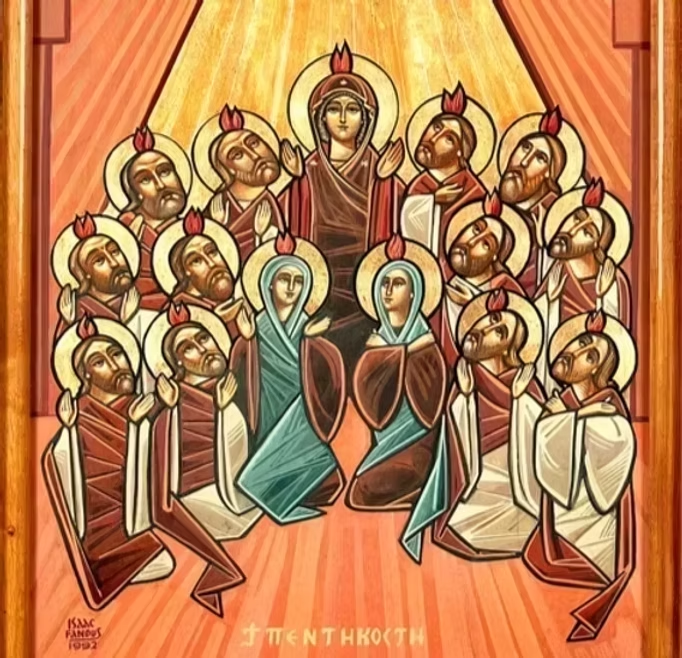Understanding Light and Dark in Sacred Scripture
- Fr. Thomas Colyandro

- May 8, 2015
- 3 min read
The light that emanates from the triune God is what draws man into faith, hope, and love. It causes man to know that God exists; it helps man to know that God is communicating with him, and it helps man to desire to respond to God in prayer. Myriad examples from the New Testament bear this out. The most obvious example comes from the Holy Gospel According to St. John:
"In the beginning was the Word, and the Word was with God, and the Word was God. He was in the beginning with God; all things were made through him, and without him was not anything made that was made. In him was life, and the life was the light of men. The light shines in the darkness, and the darkness has not overcome it" (John 1:1-5; emphasis added).
Another well-known example comes from the epistles of St. John:
"This is the message we have heard from him and proclaim to you, that God is light and in him is no darkness at all. If we say we have fellowship with him while we walk in darkness, we lie and do not live according to the truth; but if we walk in the light, as he is in the light, we have fellowship with one another, and the blood of Jesus his Son cleanses us from all sin (1 John 1:5-7; emphasis added)."
The important point here is that the Triune God, particularly the Second Person of the Trinity, is the light for all mankind. Thus, the Holy Spirit illumines the light of God, which is Christ, who leads man to the light of the universe, which is the Father who is in heaven.
As much as it is not a surprise that common scholarship and belief about the presence of God is described as an experience of light, it is also not a surprise that common scholarship and belief about the concept of the presence of God in darkness is largely reserved for (or relegated to, as the case may be) Old Testament exegesis. As justification for this, scholars and believers alike, often quote the most obvious example where God was to be found in the darkness, which occurs in the Book of Exodus (20:18-21) when Moses climbs Mt. Horeb (emphasis added):
"When all the people witnessed the thunder and lightning, the sound of the trumpet, and the mountain smoking, they were afraid and trembled and stood at a distance, and said to Moses, ‘You speak to us, and we will listen; but do not let God speak to us, or we will die.’ Moses said to the people, ‘Do not be afraid; for God has come only to test you and to put the fear of him upon you so that you do not sin.’ Then the people stood at a distance, while Moses drew near to the thick darkness where God was."
Another well-known example comes from Psalm 18:7-15:
"Then the earth reeled and rocked; the foundations also of the mountains trembled and quaked, because he was angry. Smoke went up from his nostrils, and devouring fire from his mouth; glowing coals flamed forth from him. He bowed the heavens, and came down; thick darkness was under his feet. He rode on a cherub, and flew; he came swiftly upon the wings of the wind. He made darkness his covering around him, his canopy thick clouds dark with water. Out of the brightness before him there broke through his clouds hailstones and coals of fire. The Lord also thundered in the heavens, and the Most High uttered his voice. And he sent out his arrows, and scattered them; he flashed forth lightnings, and routed them. Then the channels of the sea were seen, and the foundations of the world were laid bare at your rebuke, O Lord, at the blast of the breath of your nostrils" (emphasis added).
There are other examples in the Old Testament of course, but the important point here is that the concept of finding God in the darkness is an important aspect of a developing prayer life. So let us pray for one another that we may live our lives within God's illuminated darkness.




Comments